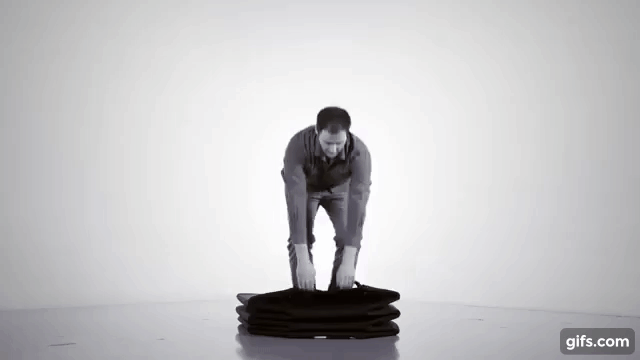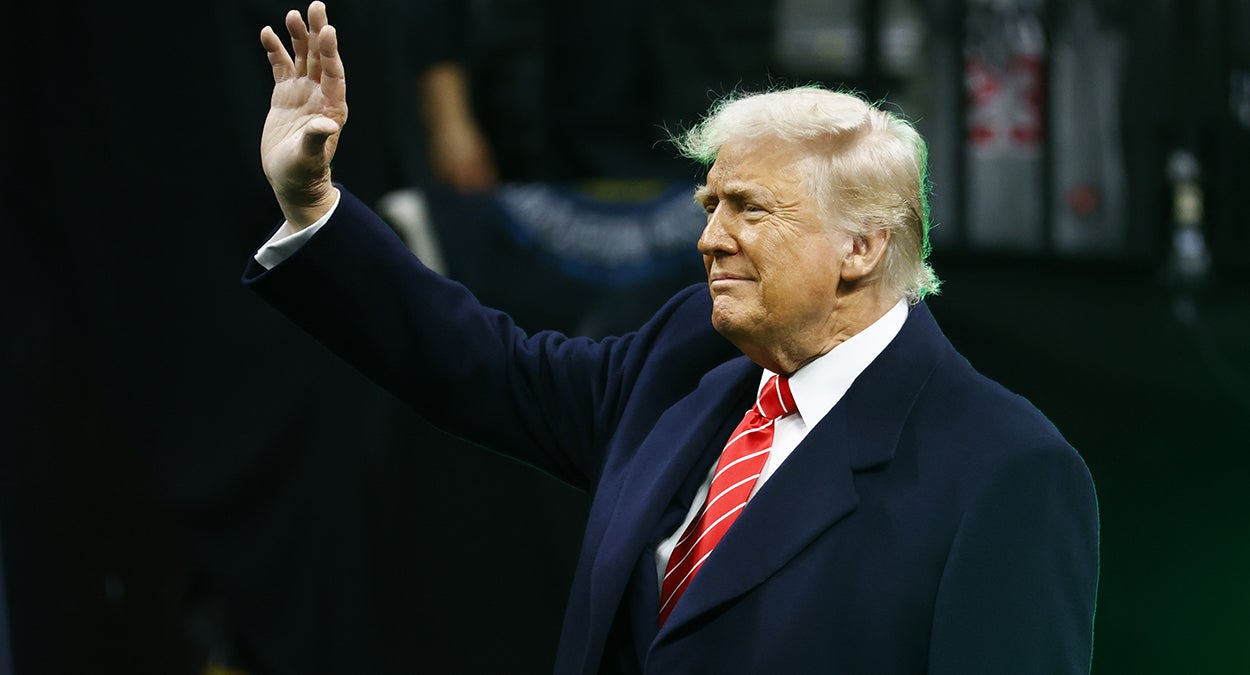Why can’t American cities lose the litter like Tokyo?
I’m sure there are more important lessons in international relations to be learned out there.

TAKAYAMA, Japan – Kiko, who has offered us ice cream bars from the 7-Eleven after a short lake cruise in a national park here in the countryside, is now collecting from us the boxes that they came in, and running across the highway with them piled up in her hands in the little tourist town in search of a trash can, because there are essentially no public trash cans, anywhere, in the whole country, as far as we can tell.
Not on the immaculate streets of the Ginza shopping district in Tokyo, where there is not a hint of litter anywhere in the sprawling megalopolis of some 34 million people, not a single dropped napkin or cigarette butt, much less the godawful plastic bags that blow down the sidewalks of every city big and small in America.
Not in the little villages we drove through on our way out of the capital city, or in the highway roadside rests with their bountifully appointed shops and restaurants where our coach driver occasionally stops.
People consume stuff here the same as everywhere, but they must slip the wrappers from what they buy into their pockets until they get home or wherever they are going, because they sure aren’t going to find anywhere to dispose of it elsewhere.
And we have brought this fact up with Kiko, and I’m still not sure whether to fully buy her explanation.
One day, she pointed out a Tokyo subway exit, and said that this was the station where in 1995 members of the cult movement Aum Shinrikyo released deadly sarin nerve agent wrapped up in newspapers during rush hour, killing 13 people and severely injuring about 1,000 others.
After that, she said, the government removed public trash cans, fearing that the receptacles could be used as places to toss sarin-laden stuff during future attacks by the cult, or someone like them.
As far as I can tell, the nerve-gas terrorists didn’t use public bins for their dirty work in the first place. And I’m just guessing here, but I imagine that the streets of Japanese cities were mighty clean before 1995, and that these tidy people were not going to let the minor inconvenience of having no bins in which to throw stuff change that fact. They just make do.
But to a Westerner, the sanitation situation is nothing short of amazing. As are the immaculate architect-designed public restrooms everywhere, with their talking toilets equipped with bidets and, yes, air dryers for your hands, given that there would be no place to throw a paper towel except for your pockets.
And the absolute dearth of graffiti. Six days here now, in Tokyo, in neighborhoods high and low, and then two towns in the hinterlands, and I have not seen one single spray-painted or Sharpied scrawl on a wall.
Weirdly, there was a temporary construction fence I walked by underneath a rail line near our Tokyo hotel that had a sign, in English, affixed to it: “No graffiti.” Made me want to say, yep — no graffiti. You got that right, guys.
That ice cream afternoon, still finishing my Haagen Dazs, I hadn’t given Kiko, our tour guide — very proud of the fact that she was George H.W. Bush’s guide on his first trip back here after the unfortunate state-banquet ralphing incident — my own trash. I chased her across the street, back into the same 7-Eleven, and we cornered a worker emptying the store’s one receptacle into a bigger can, who seemed reluctant to take on our additional offerings, but finally relented. Why, she seemed to be saying, can’t you just take it with you, like everyone else?
I’m sure there are more important lessons in international relations to be learned out there. But this takeaway from the Japanese approach to life still seems to me a profound one.
Larry Wilson is on the Southern California News Group editorial board. lwilson@scng.com




















